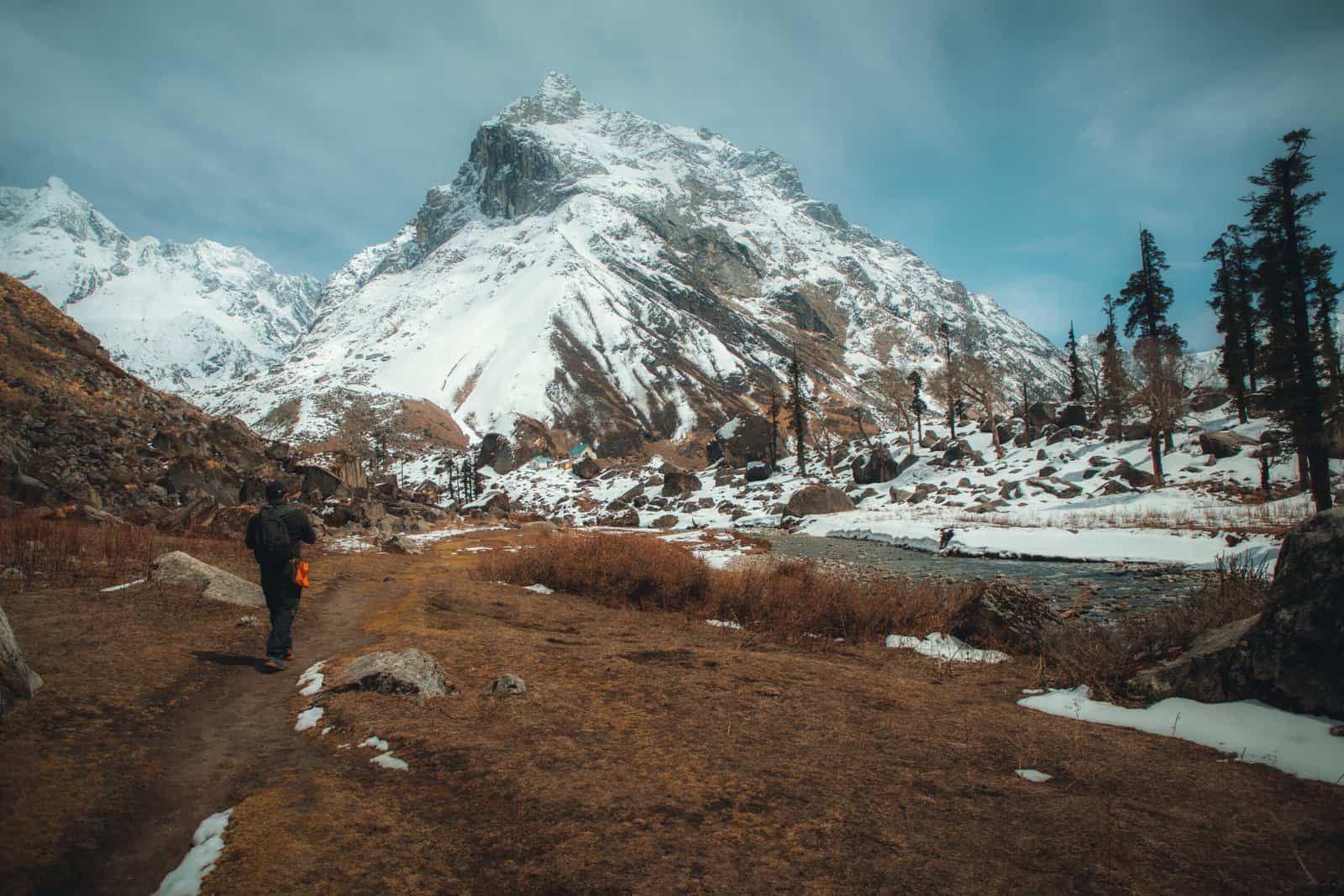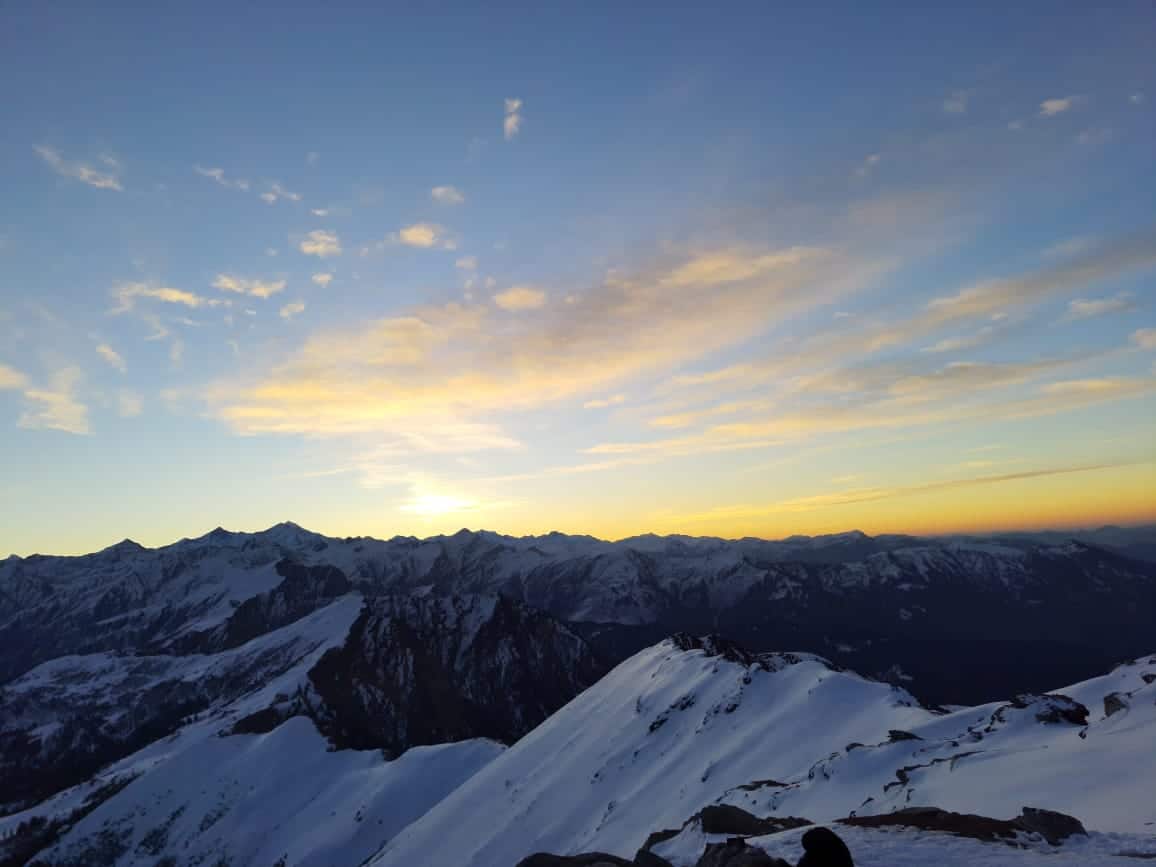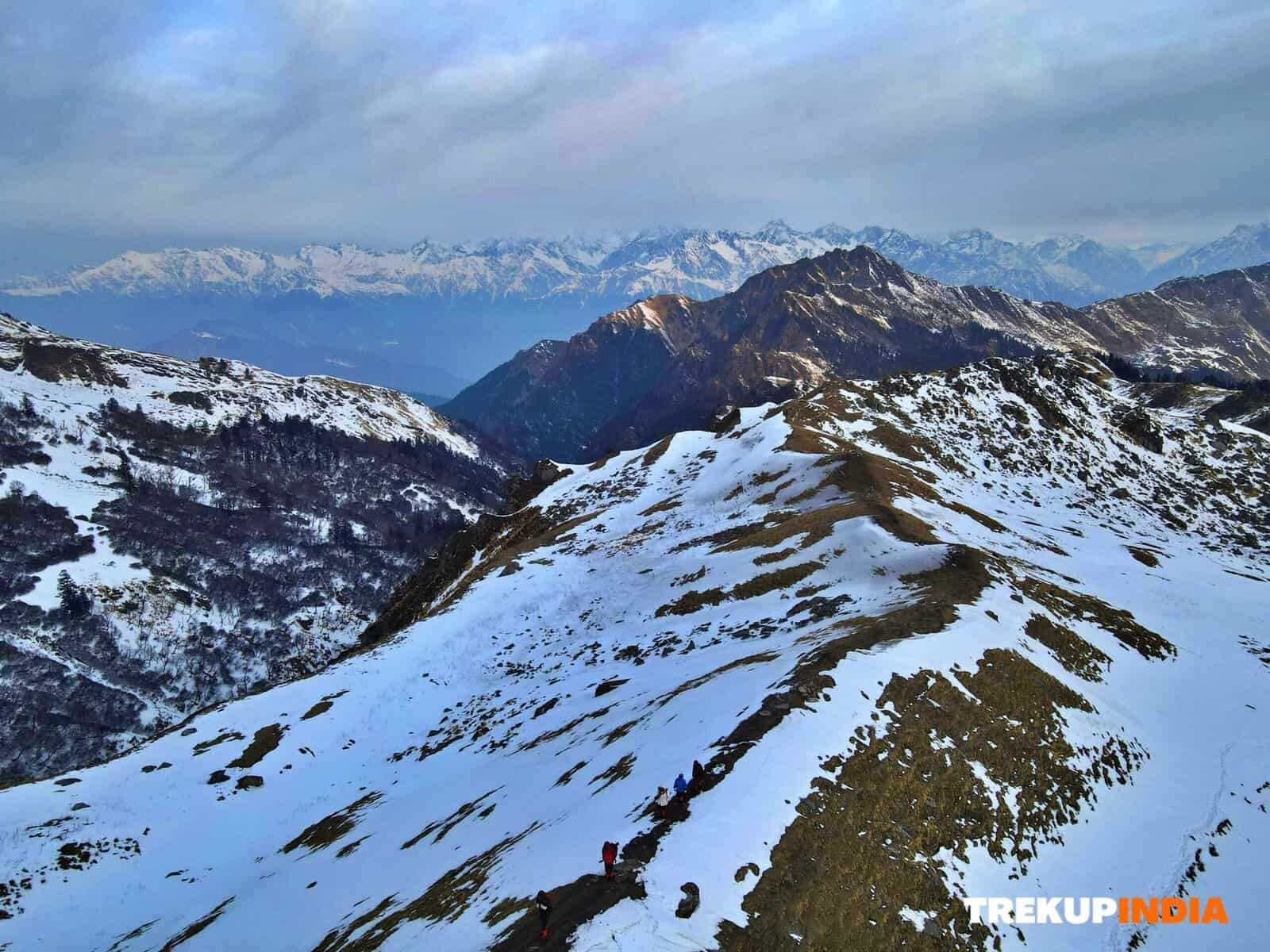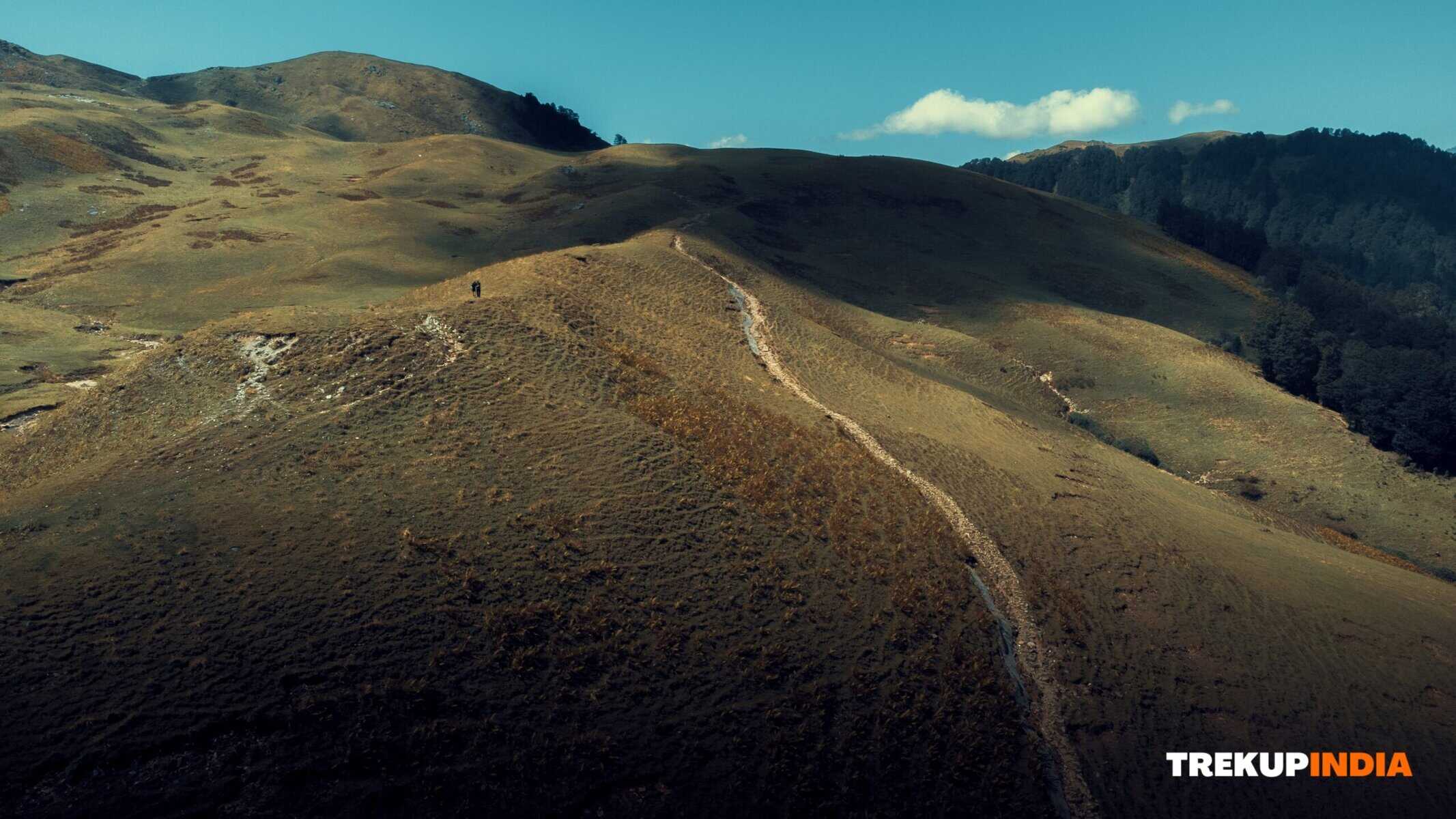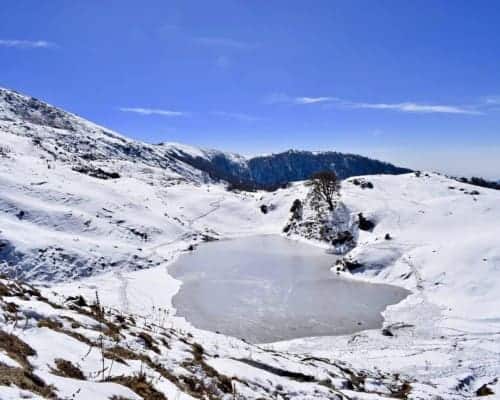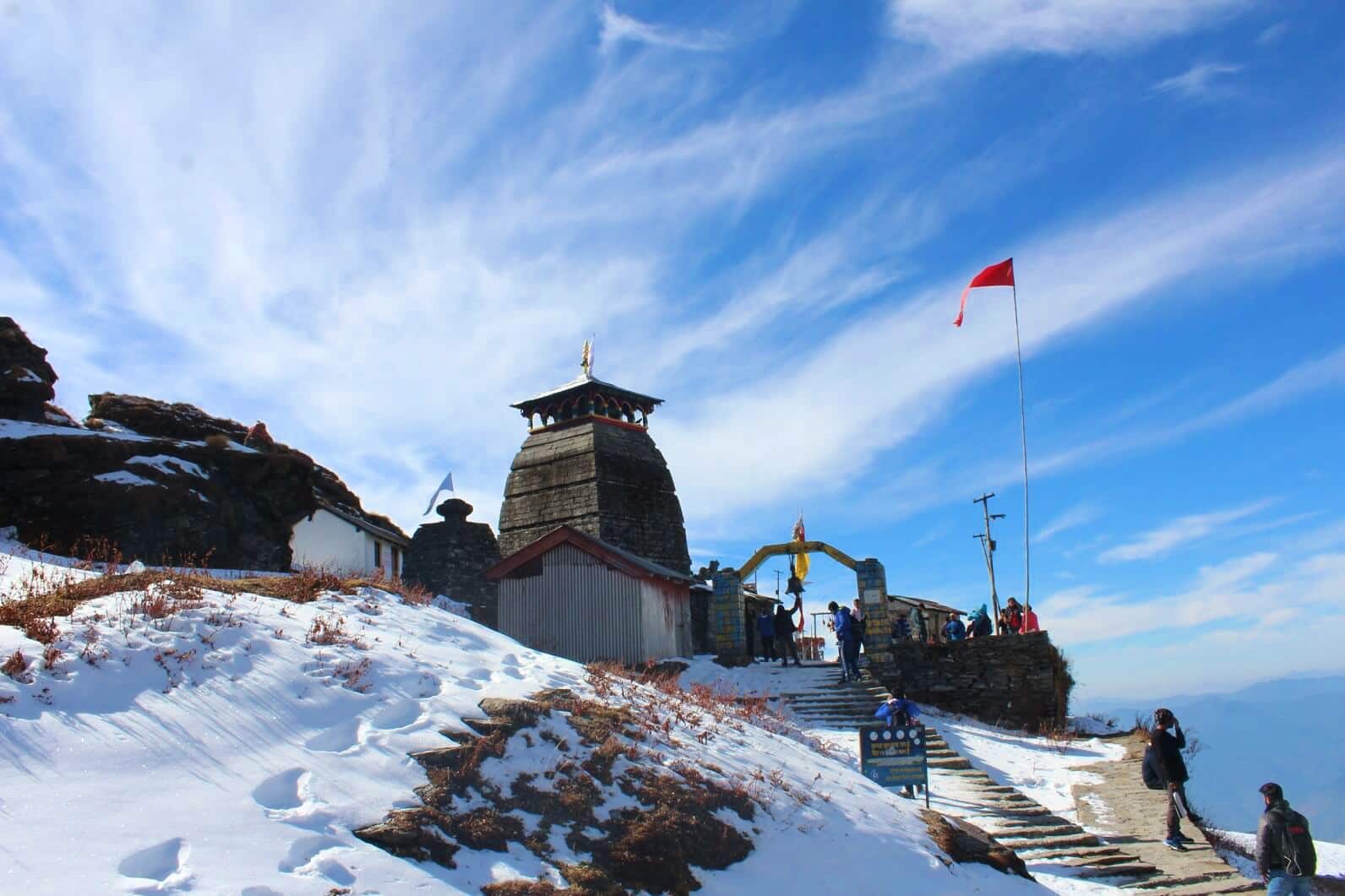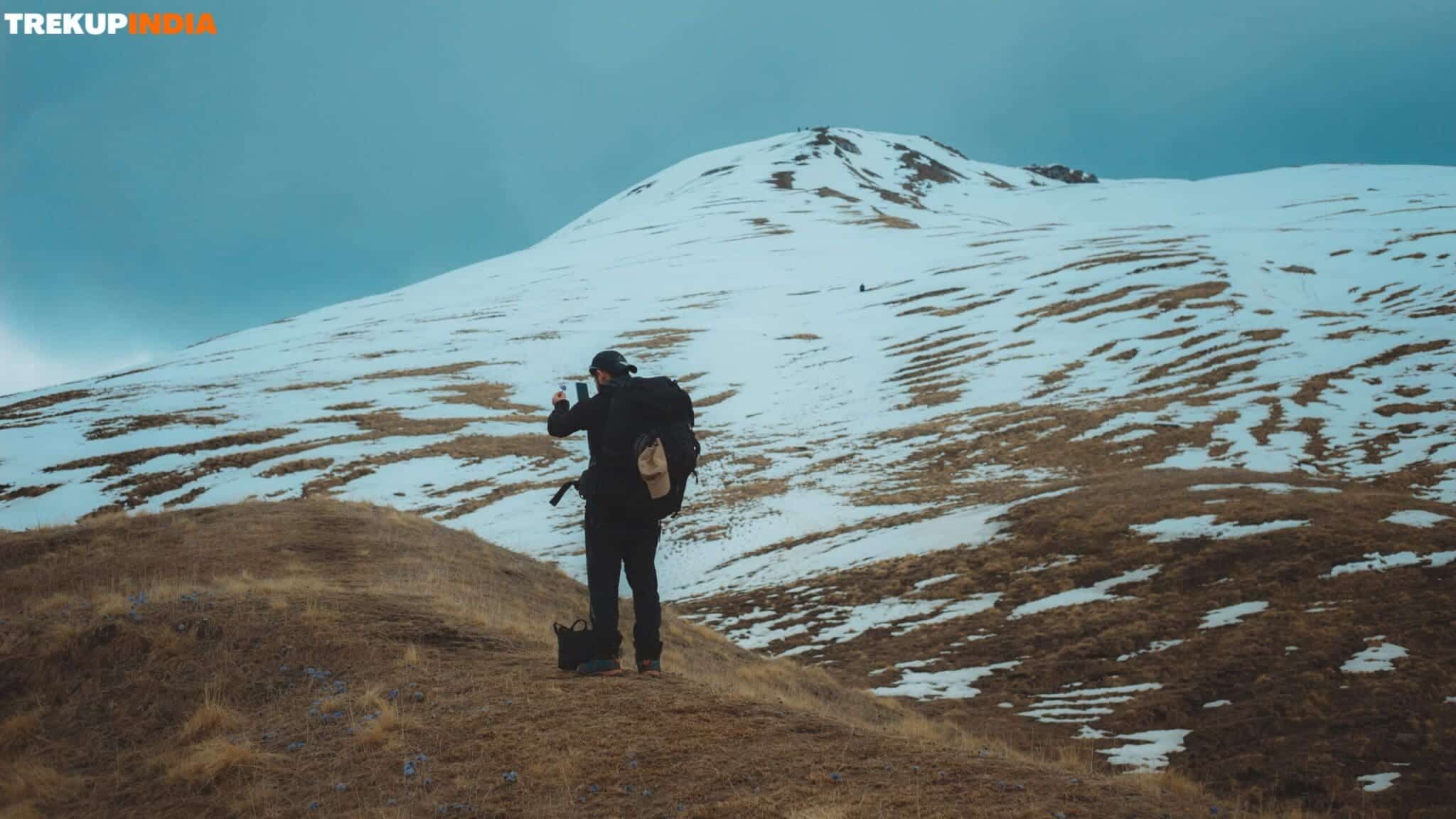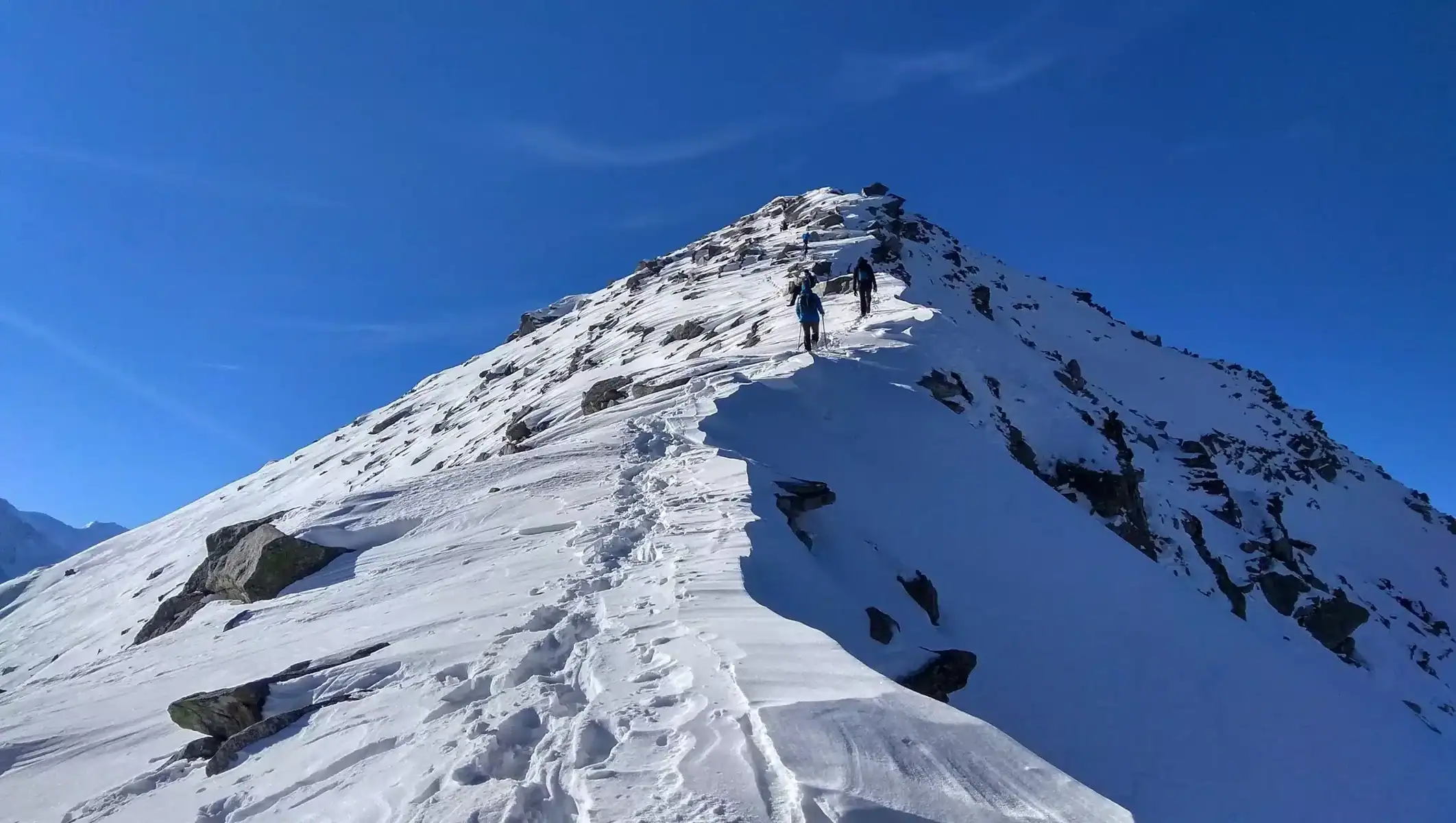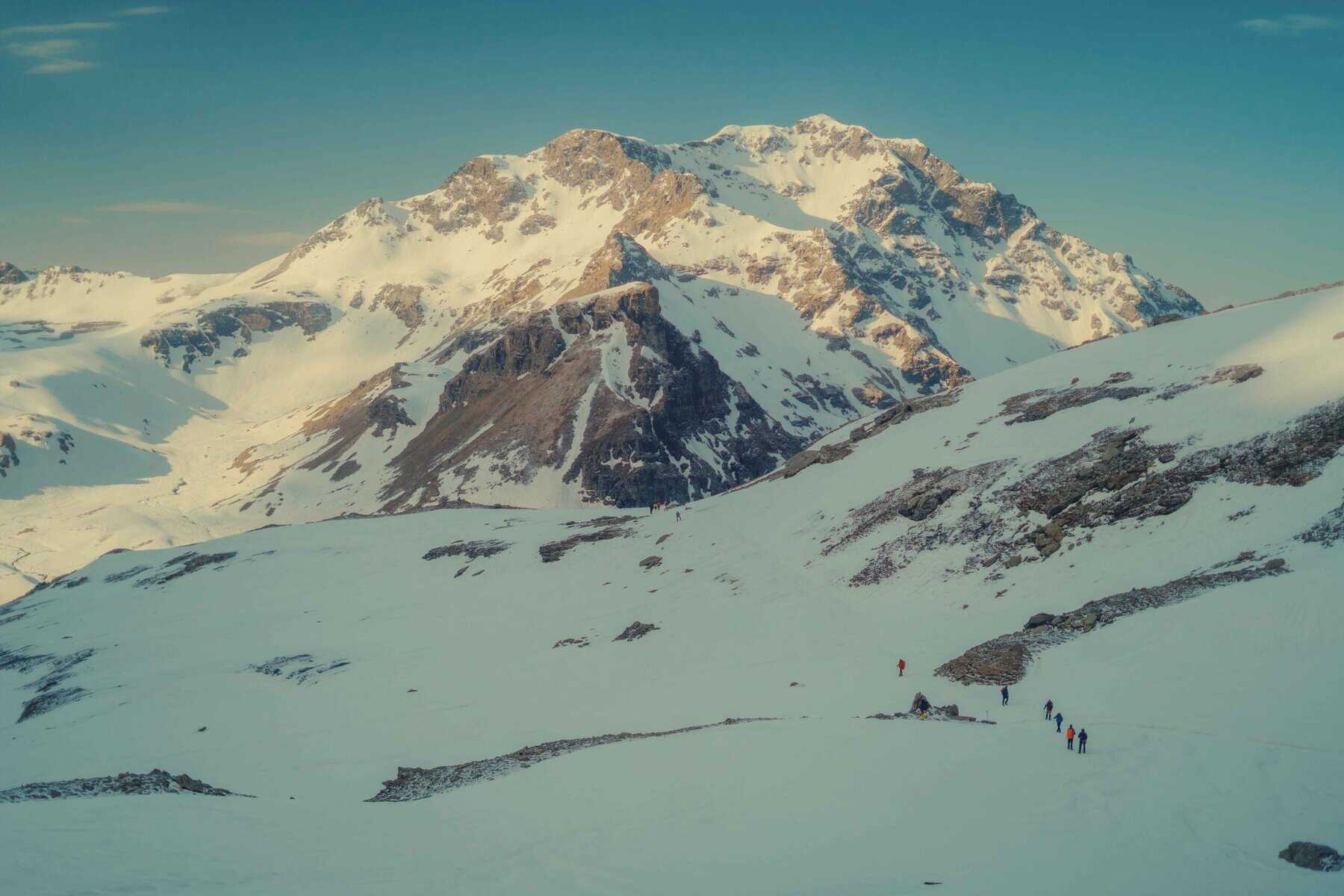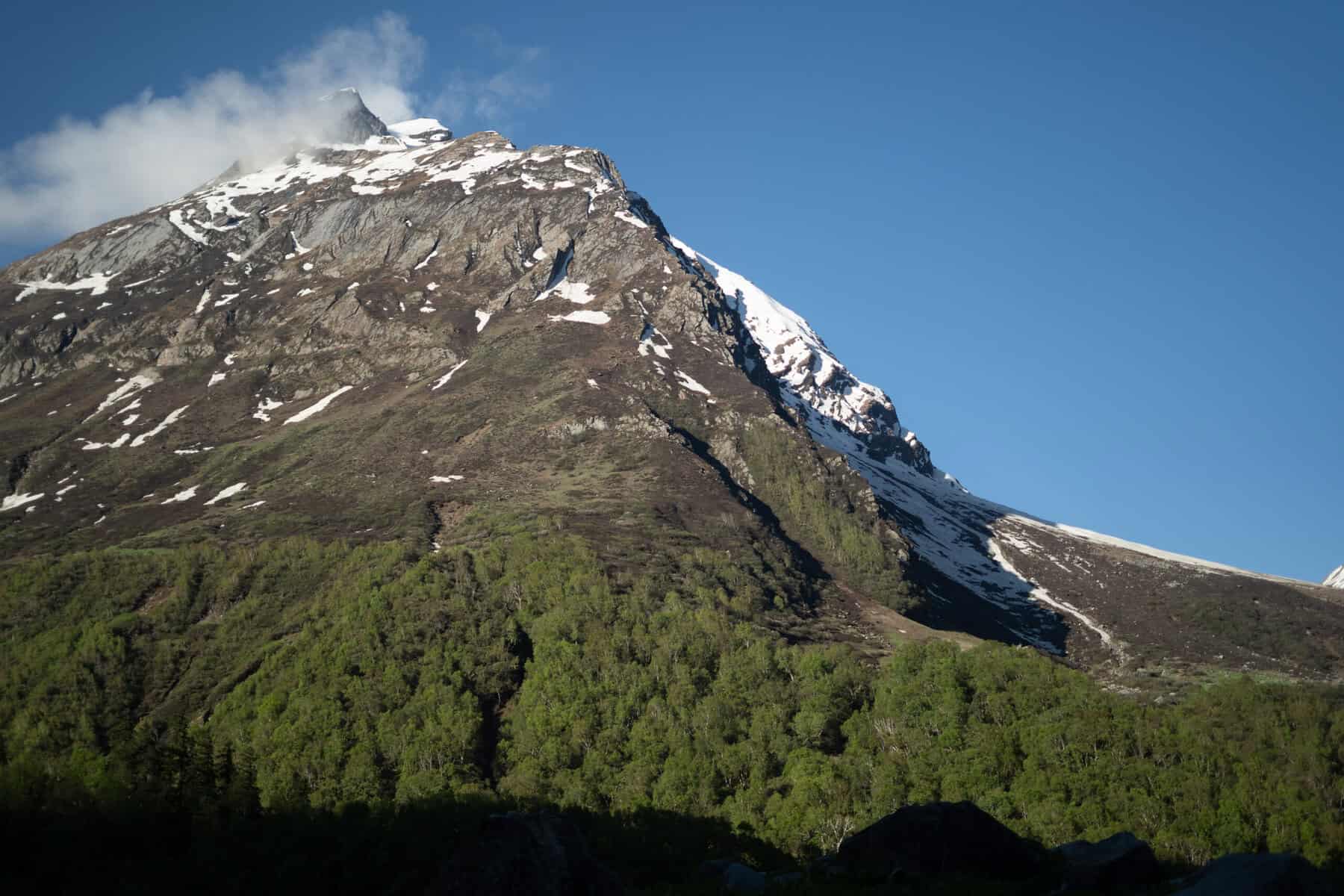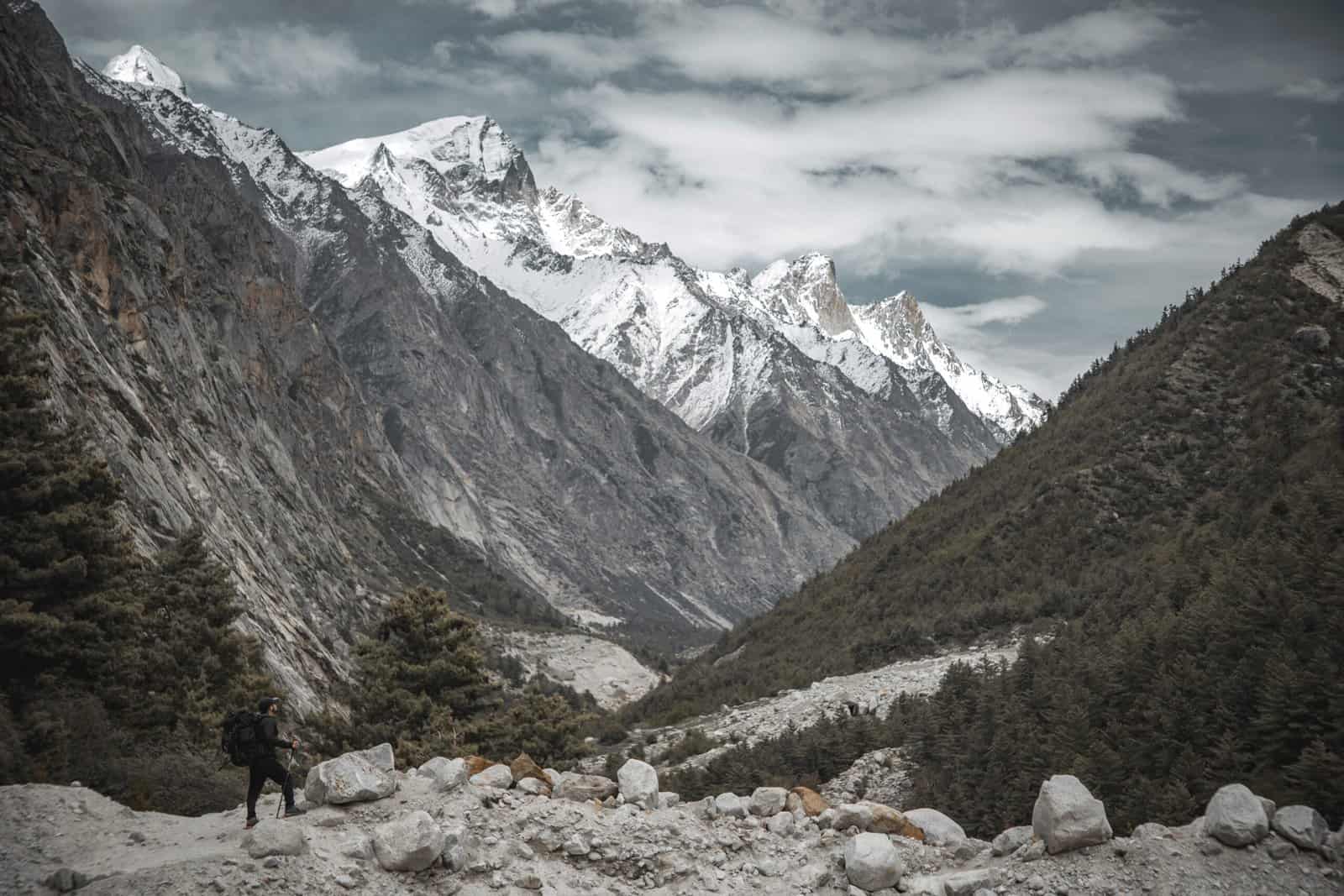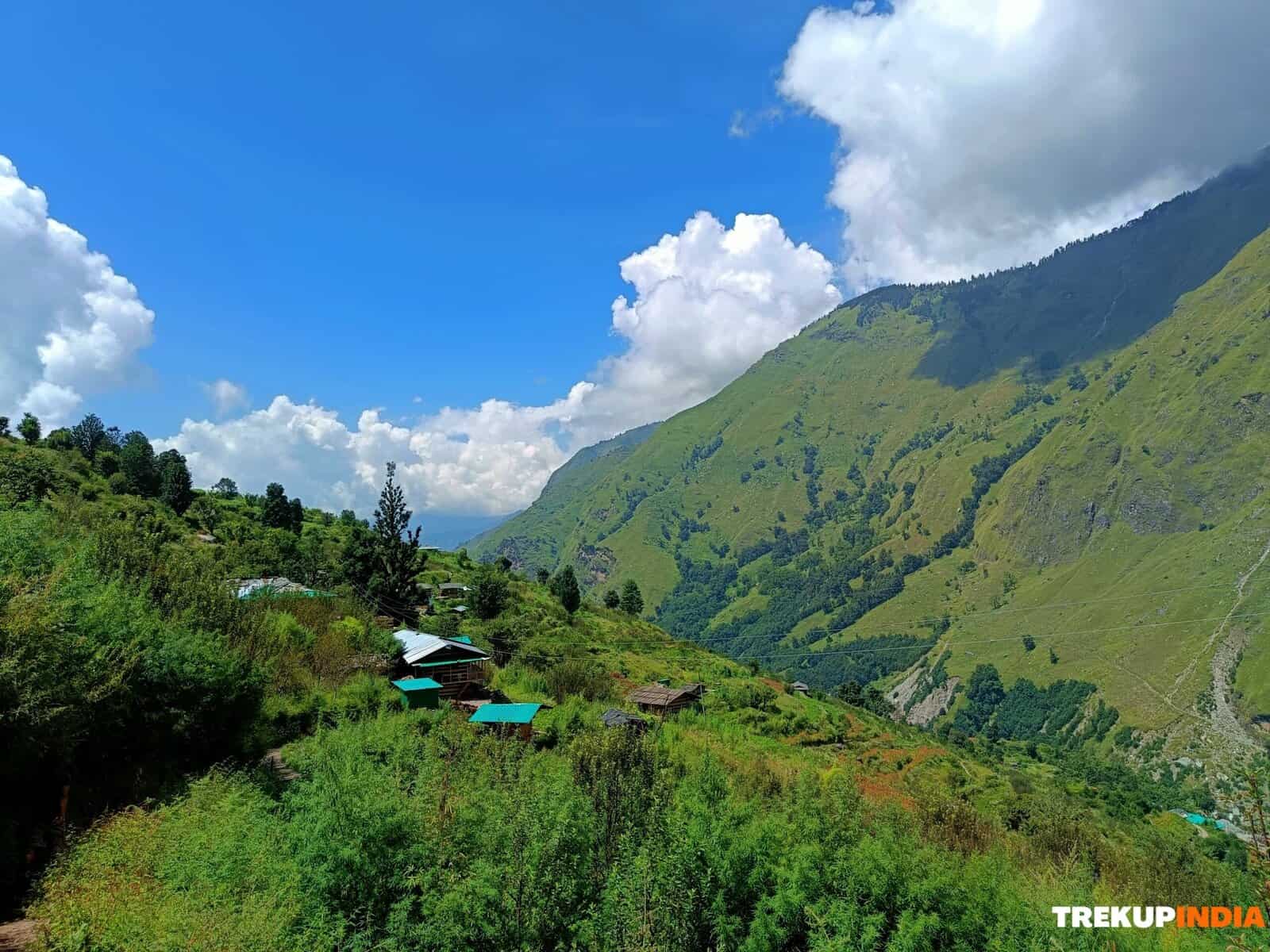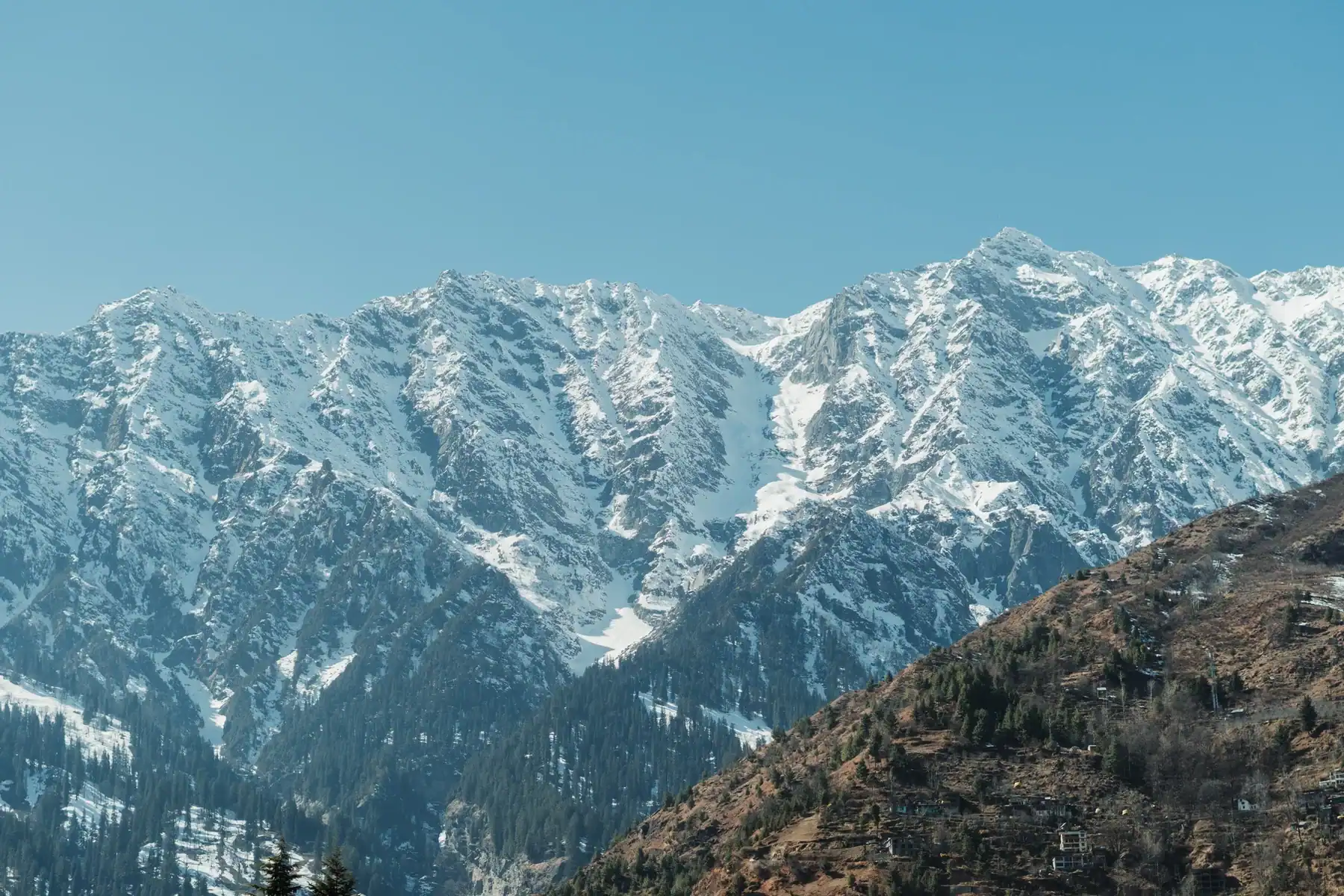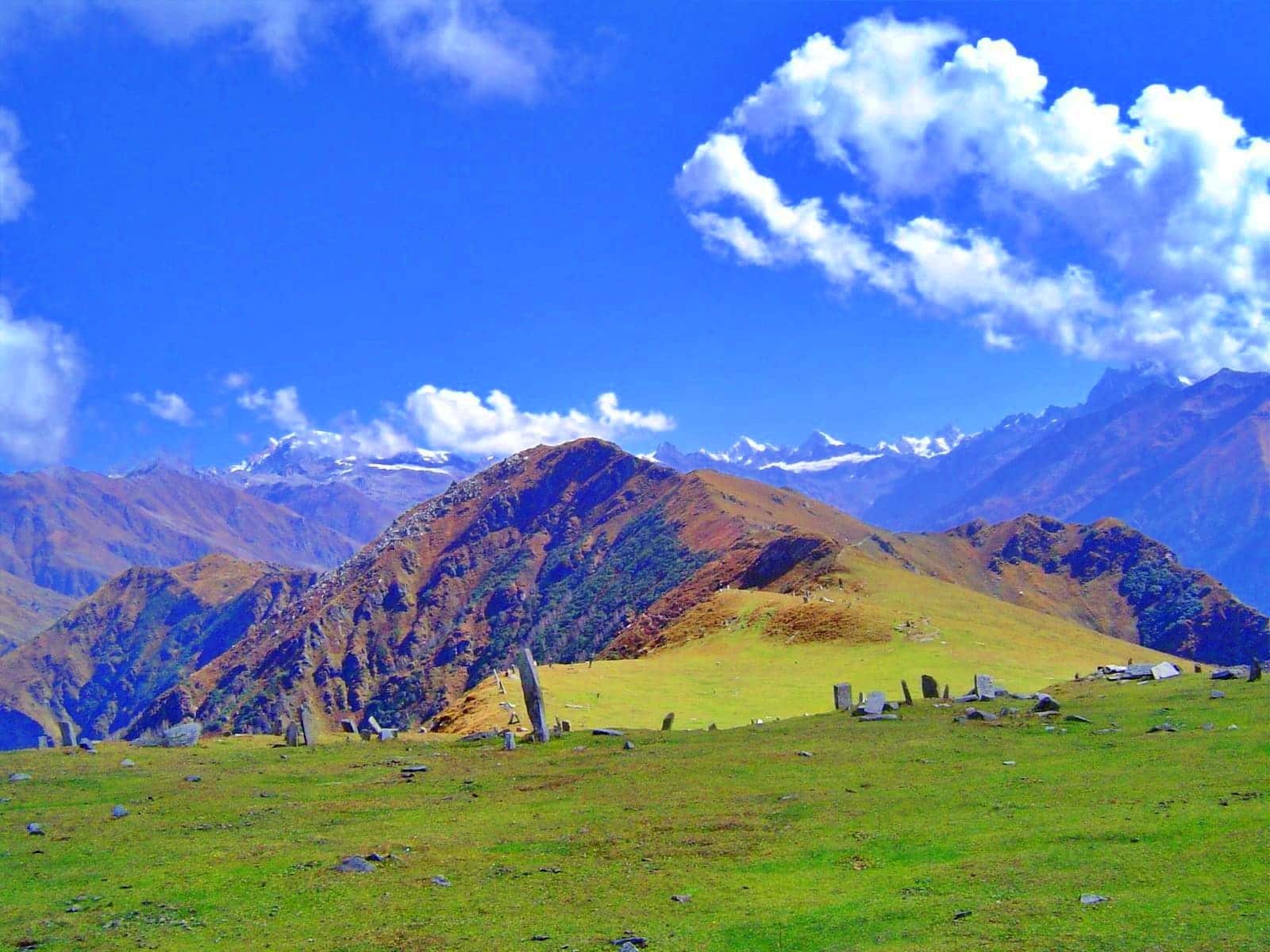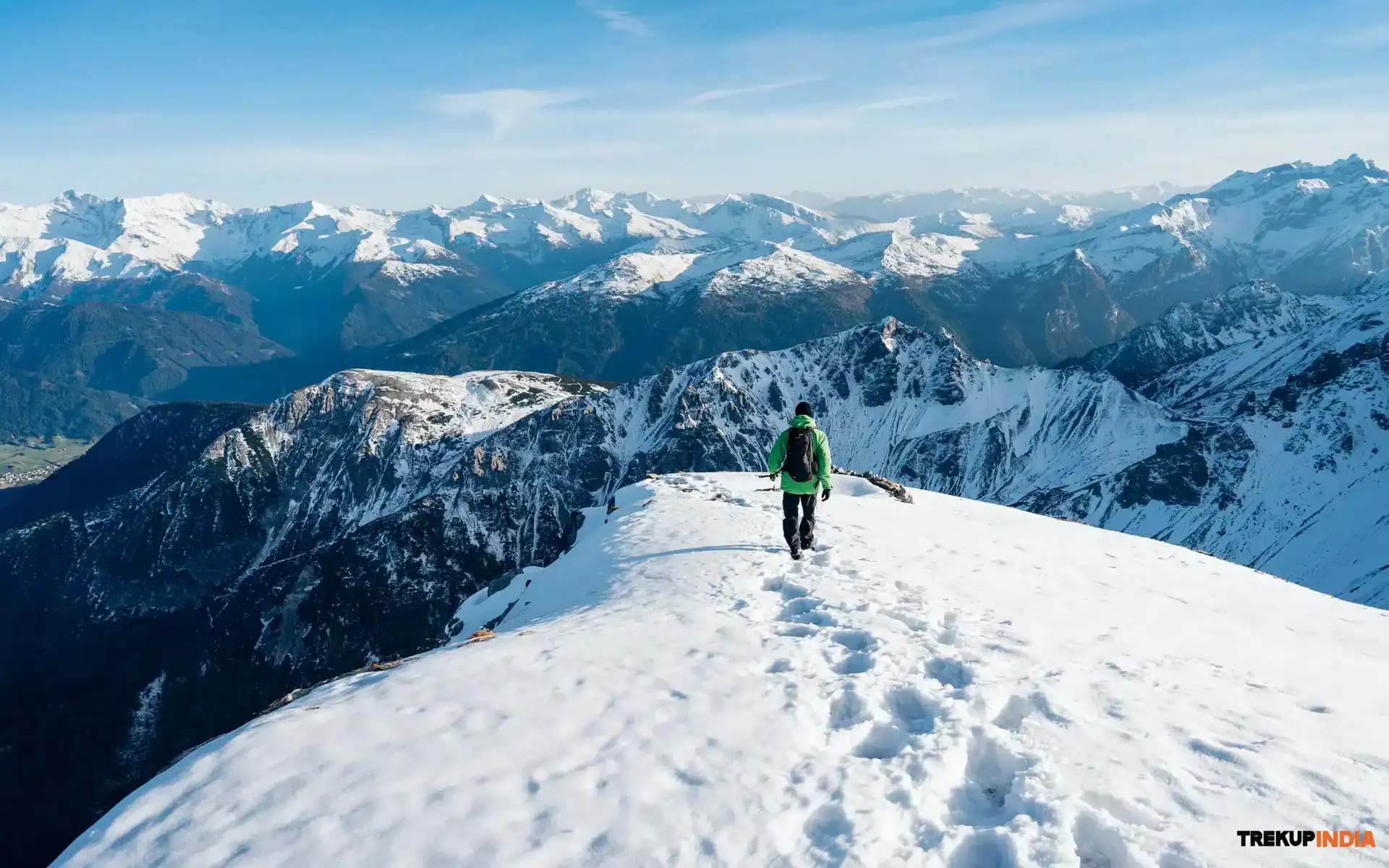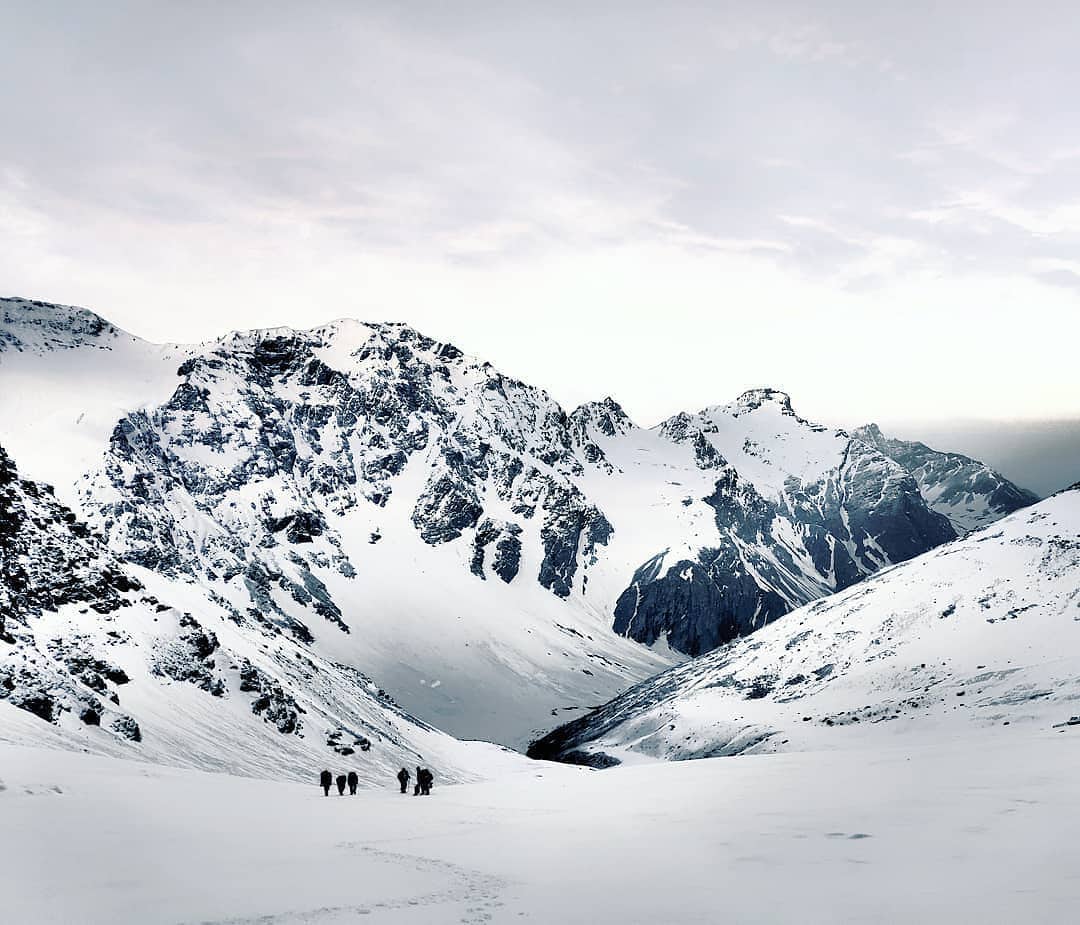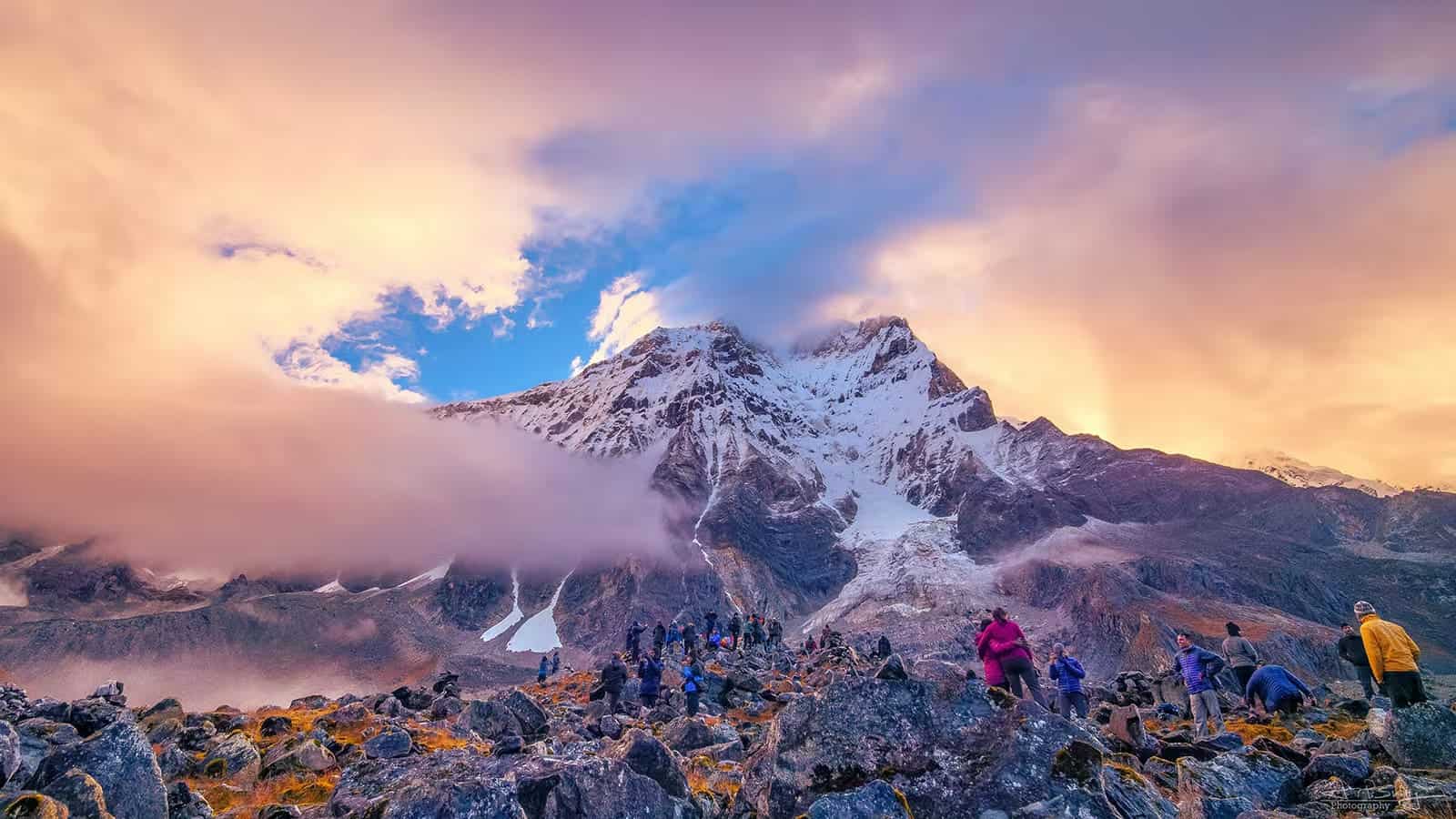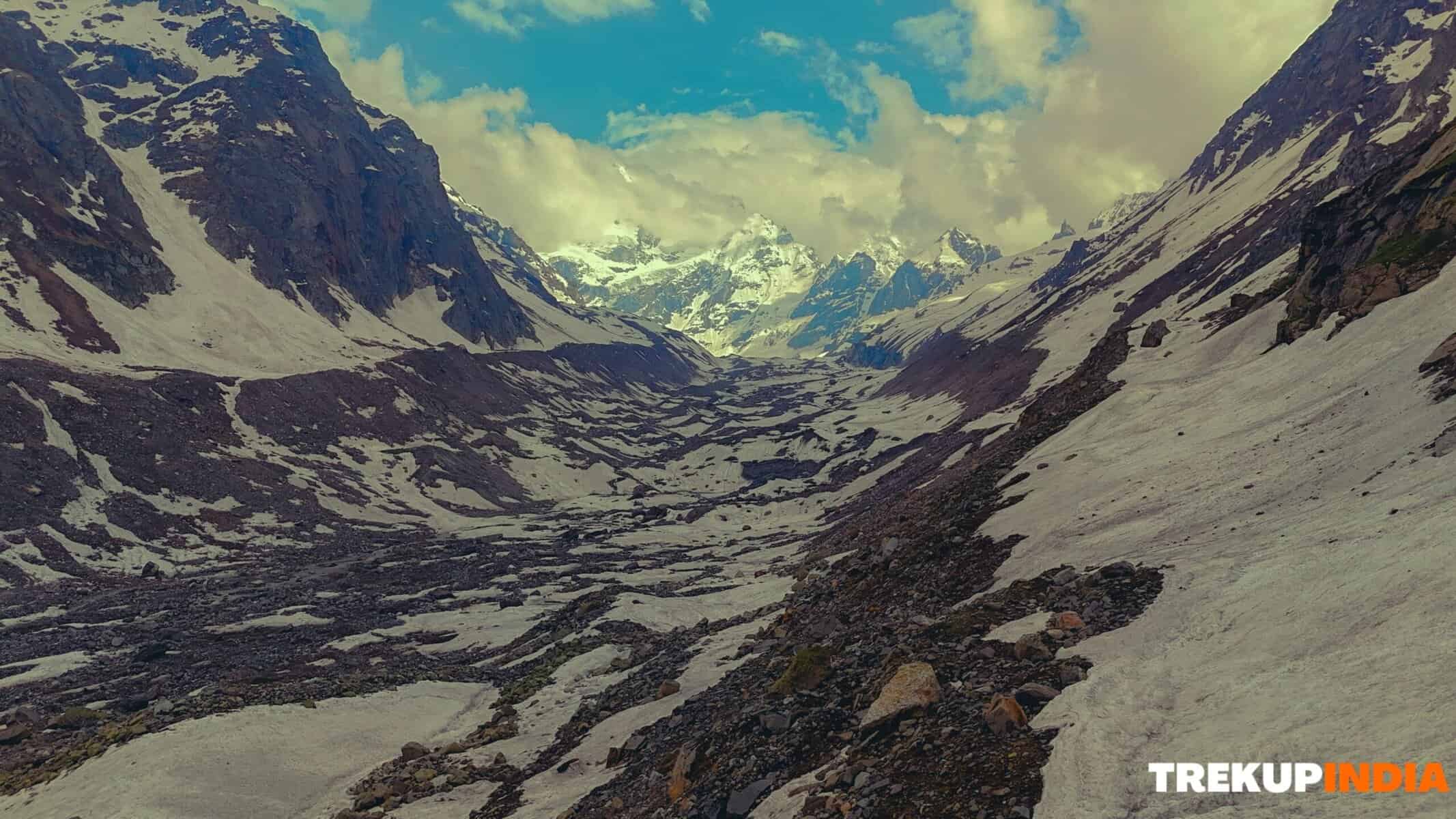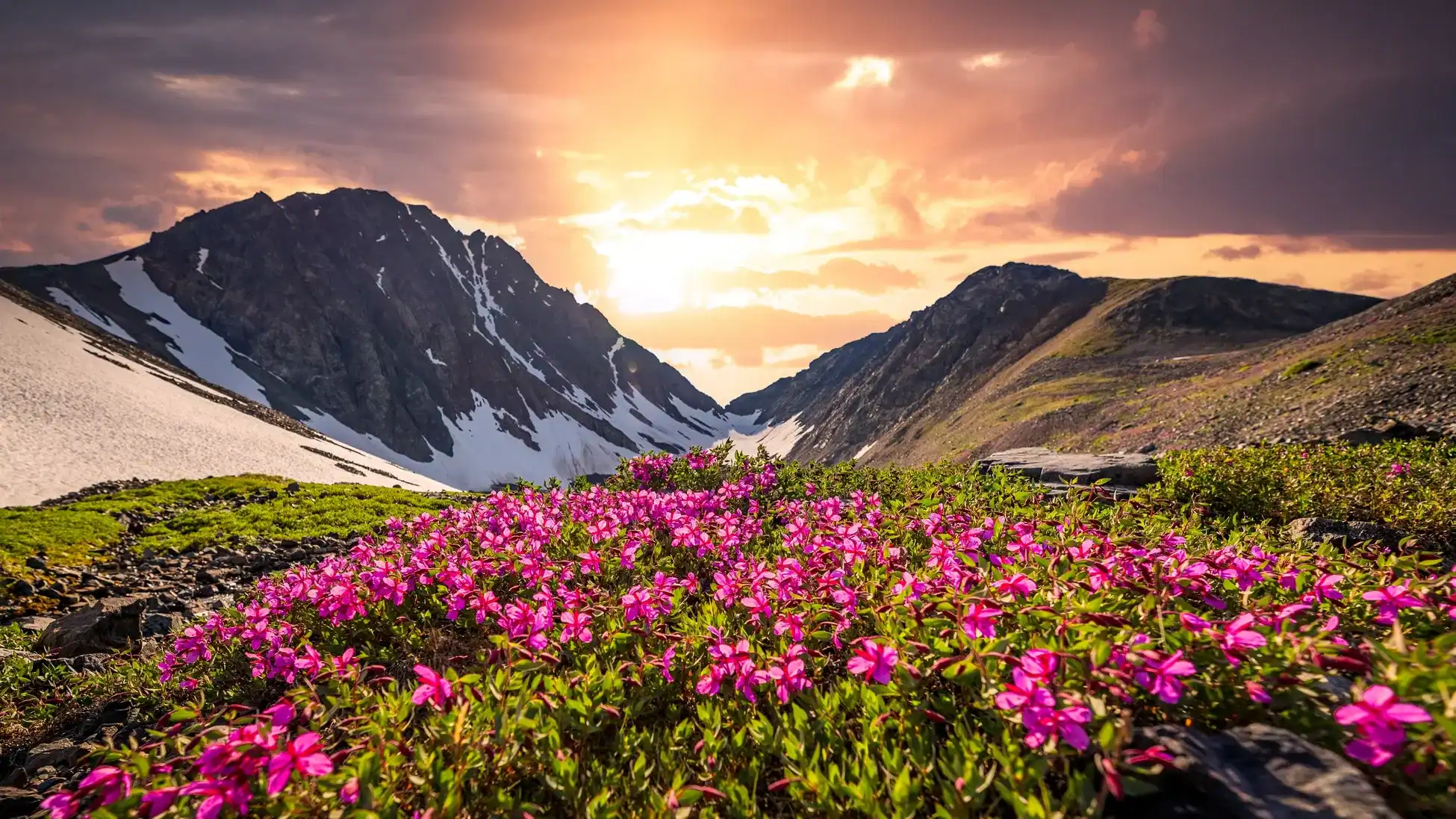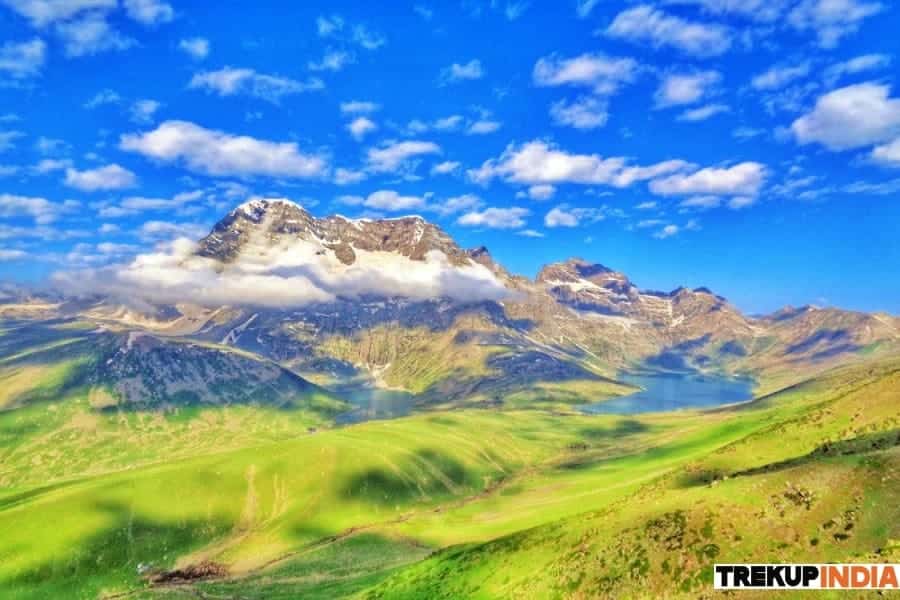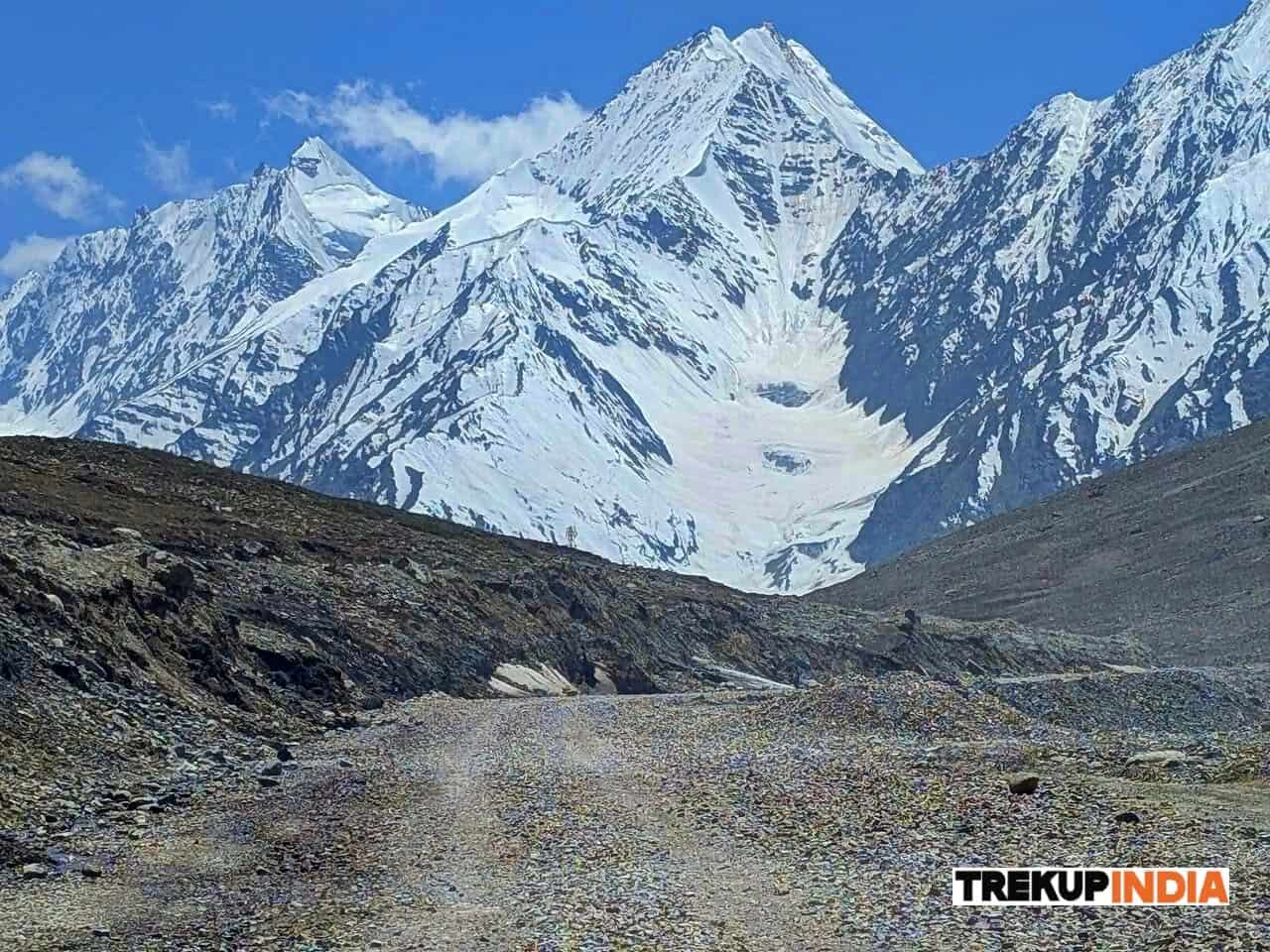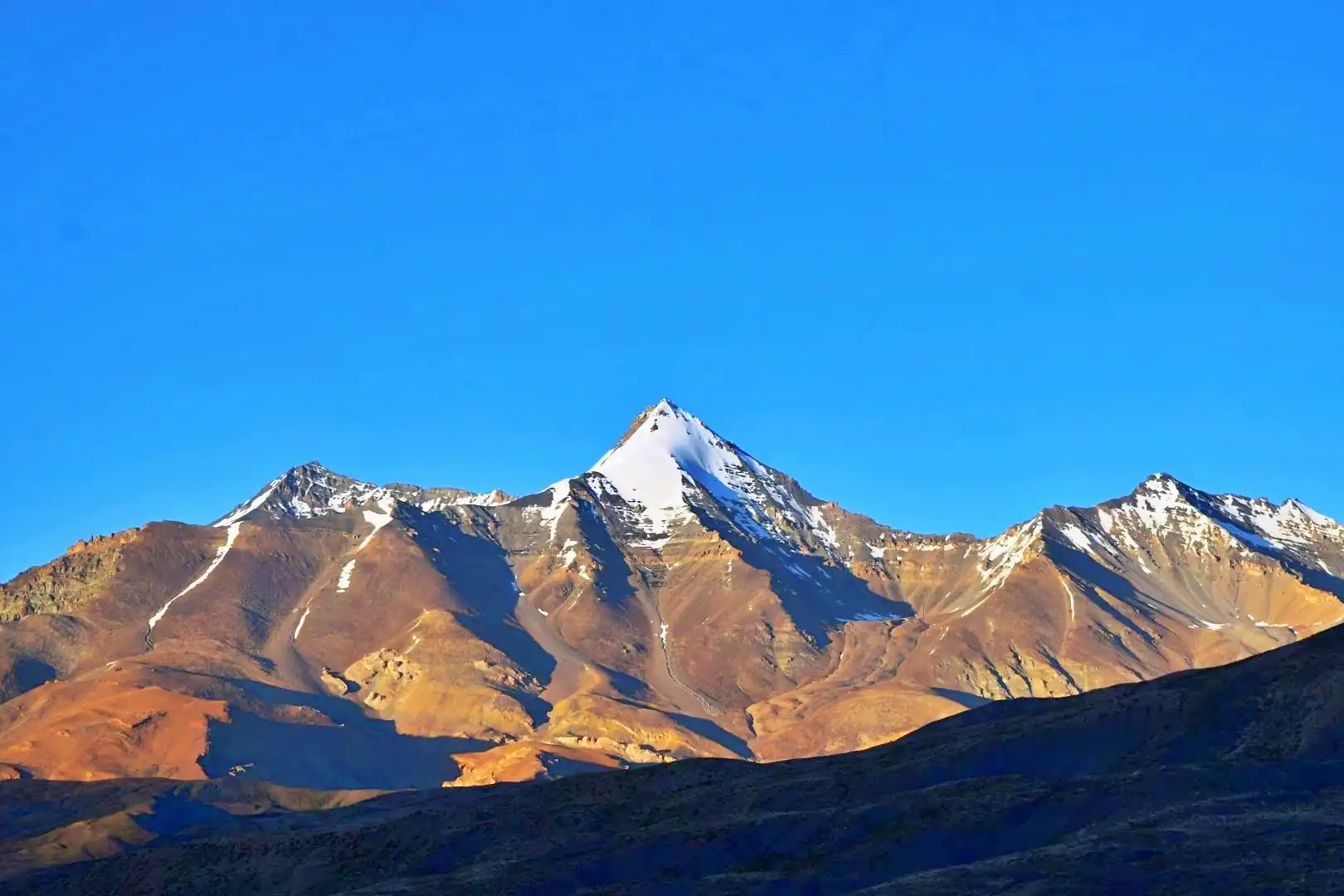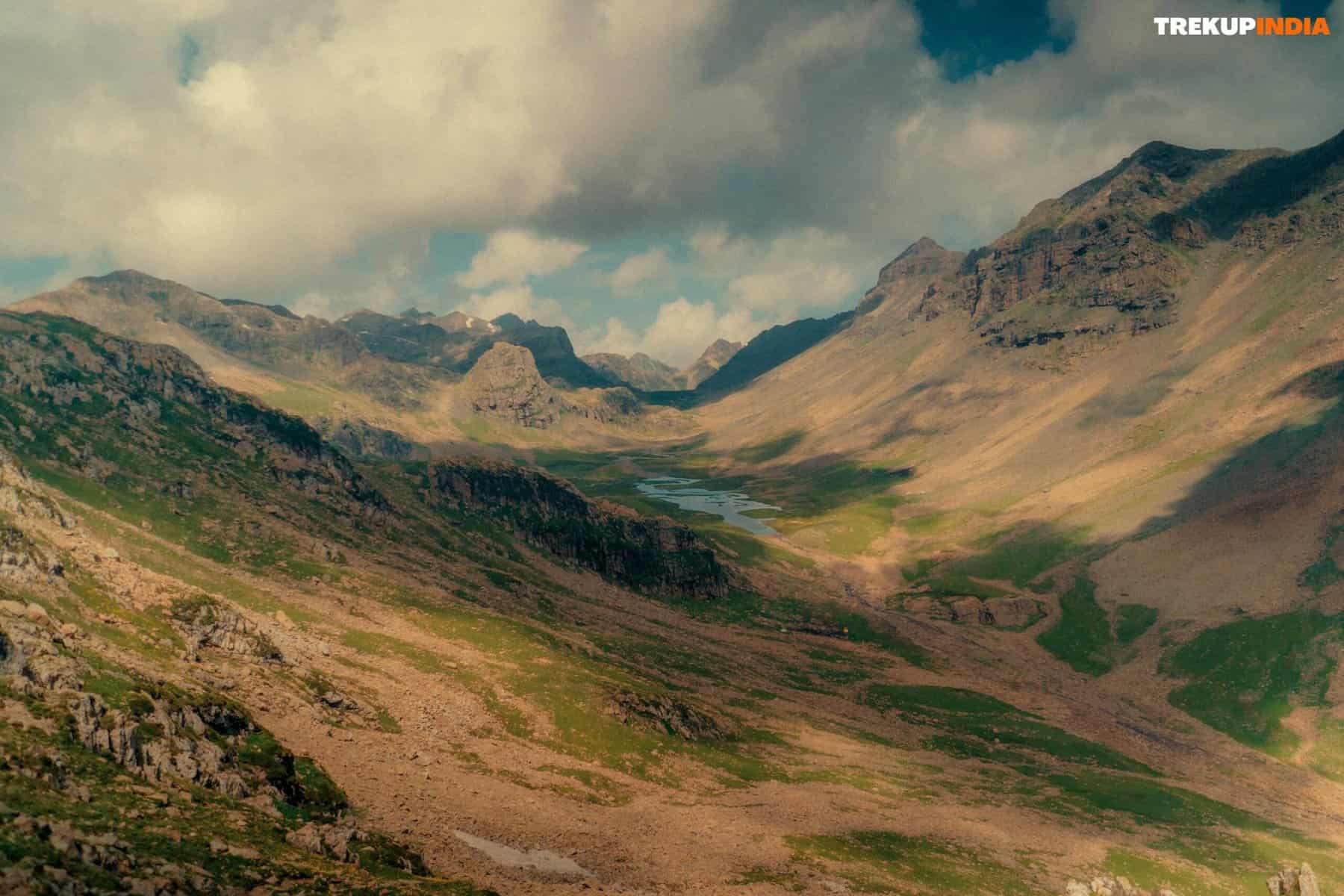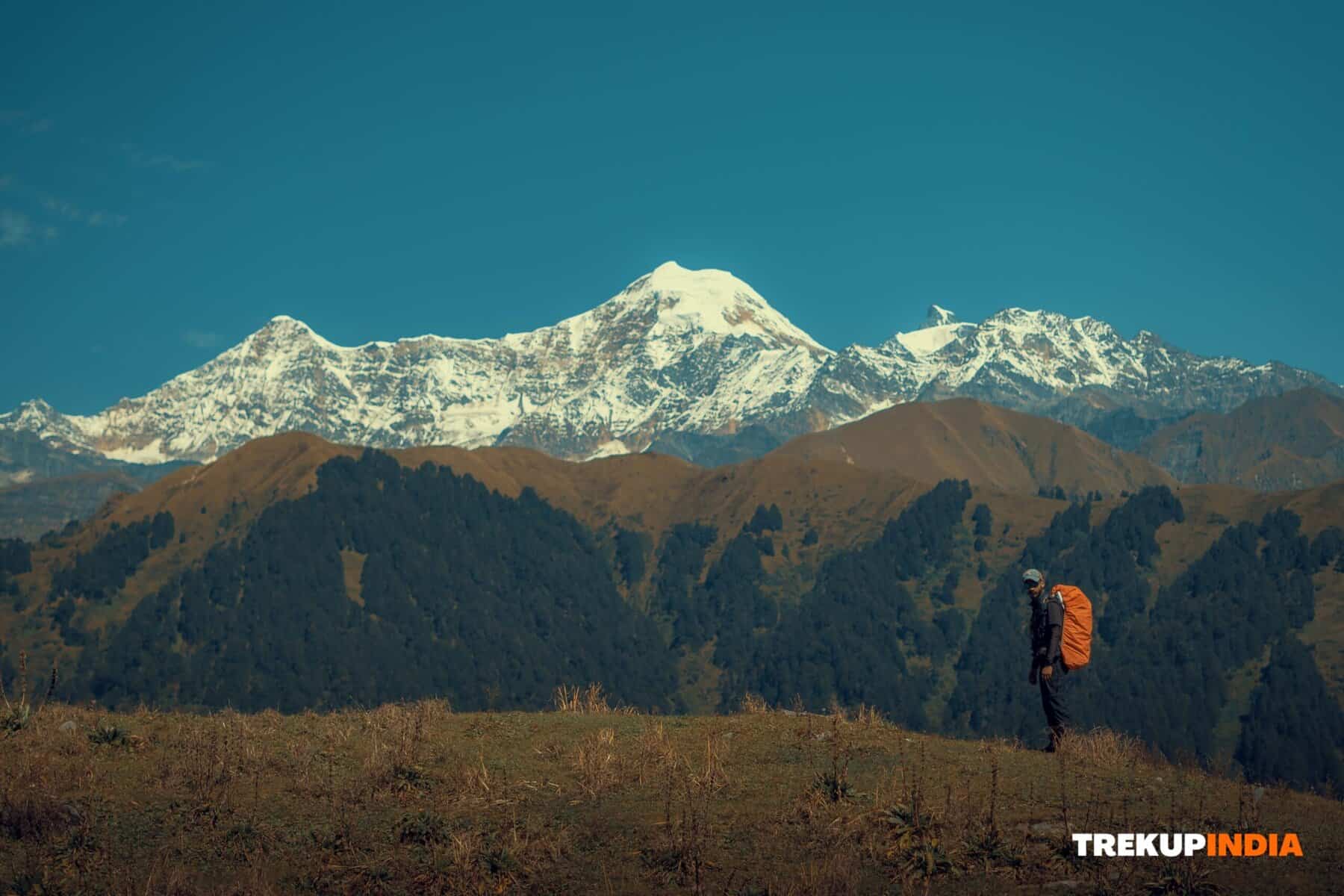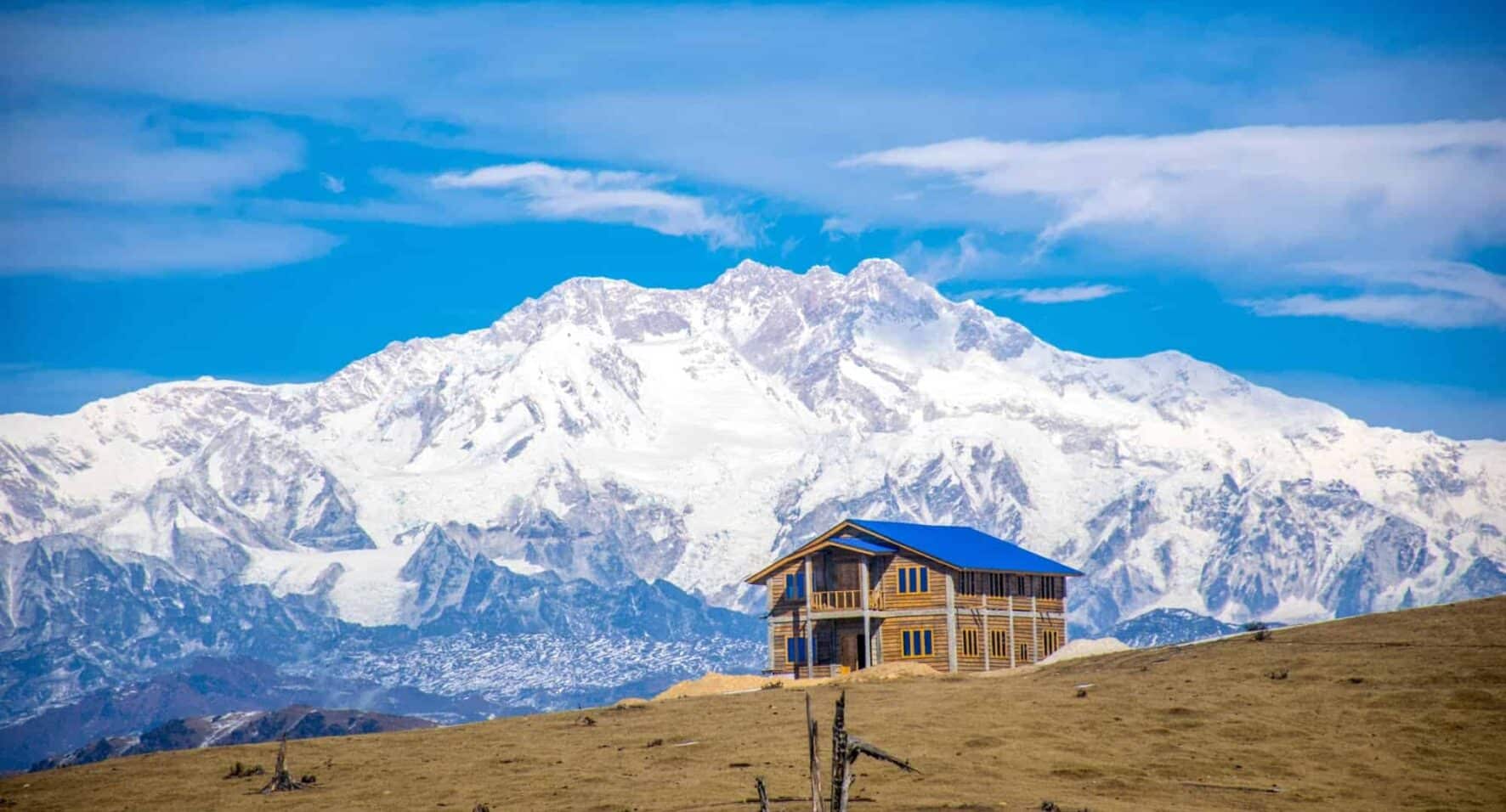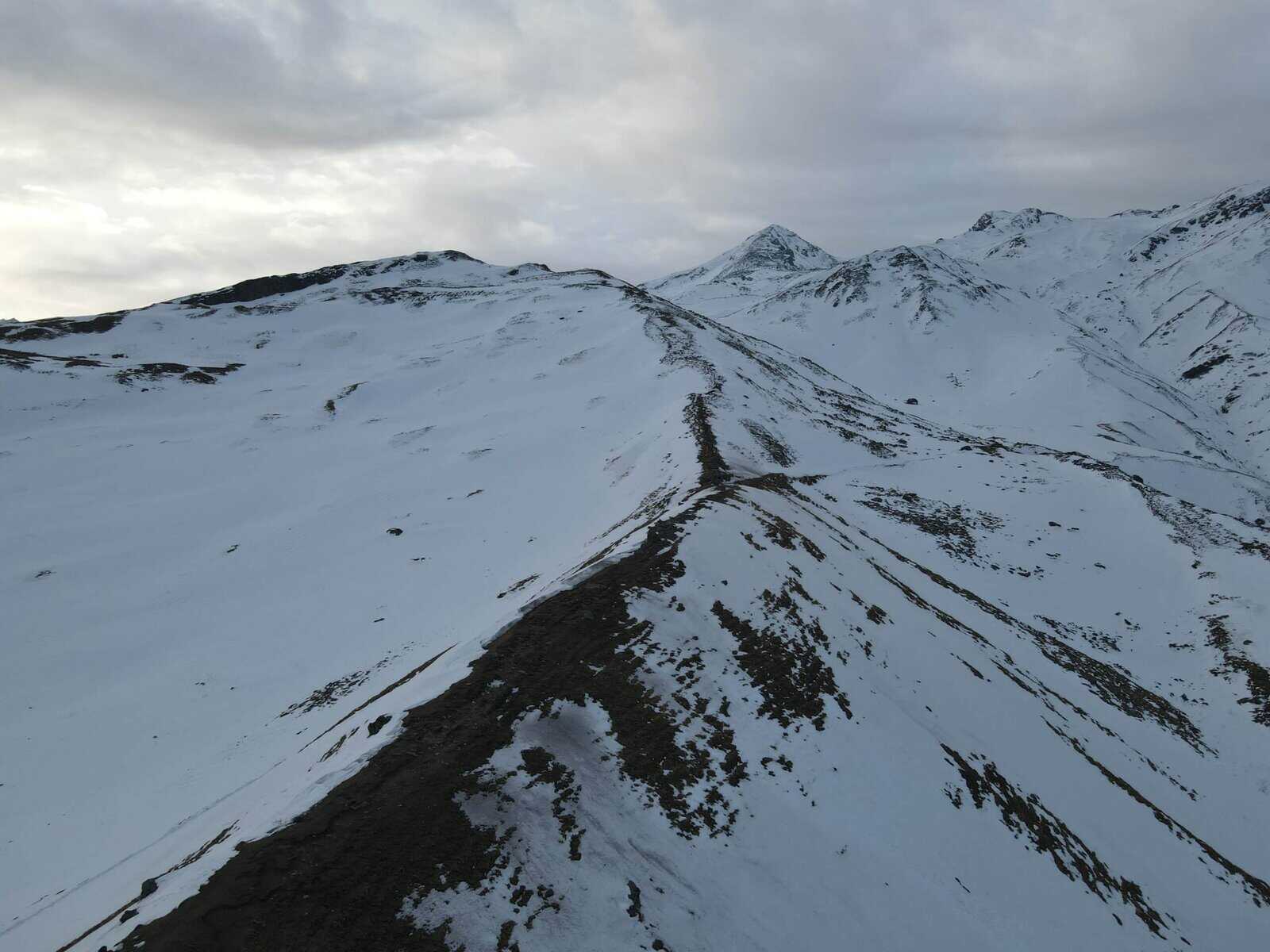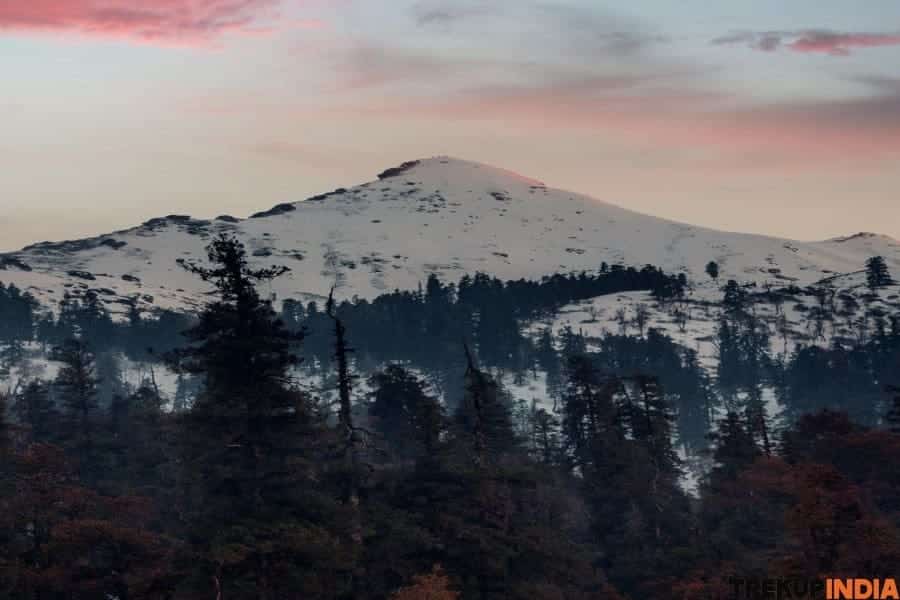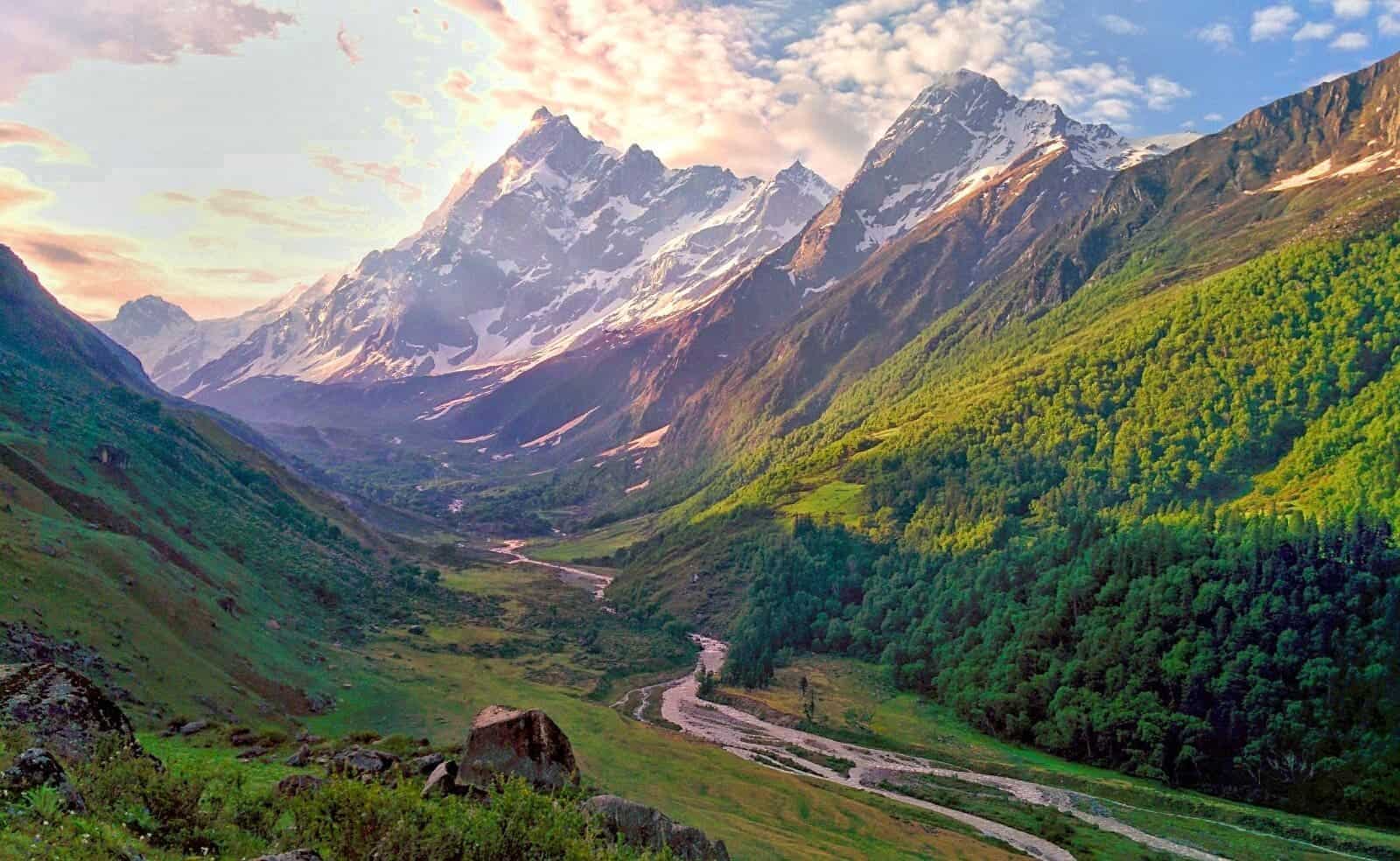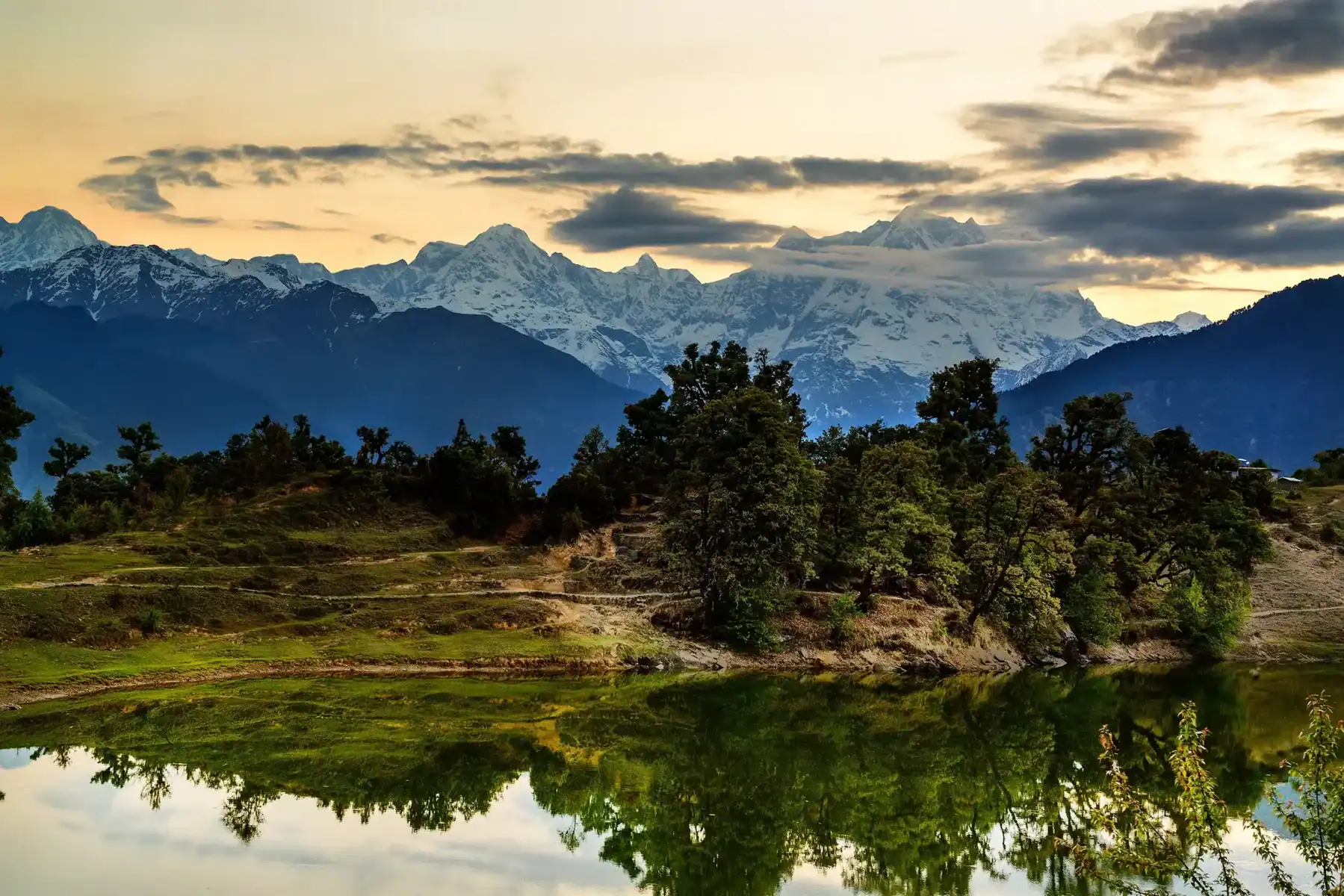Kishong Lake Trek
Kishong Lake Trek
This unforgettable journey through North Sikkim’s remote wilderness gives travellers a rare glimpse into its uncharted terrain, where sheds of yak peacefully graze beneath the majestic snow-capped peaks of the Kanchenjunga Mountain range. Travelers encounter lush forested valleys, high alpine regions, towering mountains, and many surprises along the trek before finally arriving at Kishong Lake, revered among Sikkim’s numerous lakes but especially revered by the ancient Lepcha tribe. According to their beliefs, this sacred high-altitude lake, which stands at 4,500 meters, is considered sacred by Lepchas who believe it marks their path into the afterlife or marks its place of origination, offering an unforgettable journey into nature and beauty that awaits discovery! Surrounded by majestic, mist-shrouded peaks, this region’s breathtaking scenery has been preserved in its natural state. A trekking route winds its way through remote, high-altitude villages that offer insight into indigenous communities living here; dense primeval forests and rugged mountain treks lead to shores of an inviting lake, whilst making an excursion of its own will bring you to historic Tholung Monastery at 2,400 meters; an invaluable detour worth taking! The Kishong Lake trek near Gangtok offers an enthralling exploration through the uncharted wilderness terrain of Sikkim State. Due to its extended duration and challenging terrain, this journey should only be undertaken by experienced trekkers due to its length and steep gradients. April through June, before monsoon season, is recommended; after monsoon season, September through November is ideal. To gain further details of this amazing adventure, read further below.
Trek Itinerary of Kishong Lake Trek
Day 1: Gangtok (1,650M) to Dzongu
Start Your Journey… With Dzongu. We begin our trek by driving 90km over 5 hours through Kanchenjunga National Park’s scenic buffer zone to Dzongu We llchu, where our trek will commence. After an exhausting day on the road, we will relax for the night at a local guesthouse. To reach Gangtok more quickly, we suggest flying into Bagdogra Airport near Siliguri and taking a taxi ride, which covers approximately 125 km over 2-3 hours to Gangtok.
Day 2: Dzongu to Chana (2,500M)
At our destination of Chana village in Lepcha territory, a 6-hour trek begins to reveal an unexplored side of Nepal that remains relatively untouched by modern travellers. When we arrive, its isolated setting and pristine condition become evident, providing an opportunity to witness unexplored regions within this state.
Day 3: Chana (2,500M) to Tholung (3,200M)
Today’s 5-hour journey brings us to the picturesque village of Tholung and the historic 18th-century Tholung Monastery, which dates back to its inception. Situated amid the towering Eastern Himalayan peaks, Tholung provides a tranquil environment. As we prepare to venture to higher altitudes tomorrow and ensure proper acclimatization takes place more slowly, take it easy today by pacing yourself and avoiding exertion to ensure an enjoyable journey ahead.
Day 4: Tholung (3,200M) to Gikithang (3,800M)
Today’s 5-hour journey takes us into the Kanchenjunga Biosphere Reserve, home to diverse wildlife and plant species, including some that are rare or endangered. Our aim is to arrive at our overnight campsite by late afternoon with enough time for setup prior to nightfall.
Day 5: Gikithang (3,800M) to Kishong Lake (4,500M)
Today, we embark on an amazing 6-hour journey in search of a beautiful high-altitude lake encircled by majestic snow-capped mountains. It will be truly magical, and we plan on staying the night by this peaceful lake.
Day 6: Kishong Lake (4,500M) to Tholung (3,200M)
Now it is time to turn around and return towards Tholung, where we spent the previous night, following in reverse the path we traveled earlier on our trip.
Day 7: Tholung (3,200M) to Lingthem (1,300M)
After leaving behind the icy terrain, we arrive in an area filled with lush vegetation. Passing rice paddies and agricultural land, our journey continues towards Lingthem, where we will stay overnight in a local home.
Day 8: Lingthem (1,300M) to Gangtok (1,650M)
Today, we embark on the 75-kilometer trip back to Gangtok, usually taking three or four hours depending on traffic. Along the way, we’ll bid farewell before arriving back there early afternoon.
Trek Highlights of Kishong Lake Trek
- Come explore Kishong Lake, set among majestic mountains. It offers visitors an experience they won’t soon forget!
- Travel across Alpine meadows and wild rhododendron forests as well as moraine fields.
- Delight in breathtaking views of Brahma Massifs and Nun-Kun as well as the surrounding Greater Himalayan ranges.
- Paddar villages such as Gulabgarh and Sohal boast a rich cultural presence.
- Spot Himalayan wildlife such as ibex, Himalayan griffons, and marmots!
- An idyllic trek that is free from commercialization.
How To Reach Kishong Lake Trek
Basis Point: Sohal Village near Gulabgarh in Paddar Valley in District Kishtwar (J&K).
By Air: For flights departing Kishtwar and arriving at Jammu Airport (IXJ), approximately. 220 km away
By Train: Udhampur or Jammu Tawi stations are the closest railway stations.
By Road: Jammu – Batote – Kishtwar – Gulabgarh (Paddar Valley).Final journey by road to Sohal before starting the trek.
Best Time to Visit Kishong Lake Trek
From mid-July to mid-September, ideal conditions exist to navigate into and through the lake and meadows. Flowers bloom throughout alpine valleys.
Dates For Upcoming Treks
Want To Trek Like Pro?
Basically, watch these videos if you want to trek the same way professional trekkers do and make your skills better. These videos contain useful tips and techniques to further improve your trekking skills itself. These videos actually help both new and experienced trekkers improve their trekking skills. These videos definitely provide useful tips that make your trek better. We are seeing that these videos by Trekup India experts will only help you make your trekking skills better.







Know Everything About Acute Mountain Sickness
Acute Mountain Sickness occurs when people trek to high altitudes above 8,000 feet. This condition itself develops further due to reduced oxygen levels at such heights. Basically, as you go higher up, the air pressure and oxygen levels decrease, which causes the same problem. Acute Mountain Sickness surely causes headache, nausea, vomiting, and dizziness in affected persons. Moreover, peoples also experience difficulty in sleeping during this condition. To avoid mountain sickness, you should actually trek up slowly to higher altitudes. To learn further about this condition itself, watch the videos by Trekup India.





